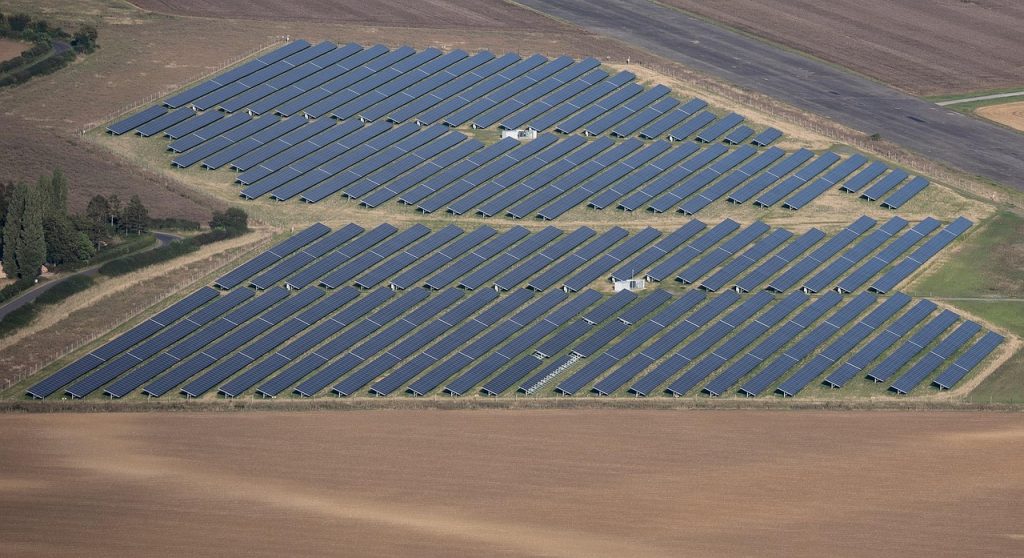At the peak of spring’s splendor, the time is ripe for vigorous advancement. The year 2025 signifies the culmination of the 14th Five-Year Plan and stands as a pivotal year for deepening reforms comprehensively. As a vital engine of China’s economic growth, the energy sector’s dual focuses—on the implementation of national major strategies and the enhancement of security capabilities in key areas—and its dual innovations—on promoting a new round of large-scale equipment upgrades and the exchange of old consumer goods for new—have sparked fervent discussions during this year’s National People’s Congress.
Reflecting on the past year, from the steady production and supply of traditional energy sources like coal and oil & gas to the flourishing development of new energy sources such as wind and solar power, China’s energy sector has achieved new progress and effectiveness, injecting strong momentum into the “dual focuses” and “dual innovations.”
From a supply perspective, since 2024, the national energy system, guided by the new strategy for energy security, has coordinated the advancement of energy reform and development, firmly holding the energy bowl, and providing a solid foundation for supporting the economic recovery.

Structurally, in recent years, China has vigorously promoted the action of renewable energy substitution, with wind and solar power accelerating development. This not only has driven the growth of related industries such as photovoltaic modules and wind power equipment manufacturing, attracting substantial capital investment, but also effectively promoted synergistic development across different industries and regions.
Simultaneously, in 2024, the role and positioning of new energy storage underwent fundamental changes. At the policy level, new energy storage was included in the “Government Work Report” for the first time, significantly enhancing its importance and value proposition. In terms of scale, the cumulative installed capacity of new energy storage surpassed that of pumped-storage hydroelectricity for the first time, becoming the second-largest flexible adjustment resource in the power system after thermal power. In terms of utility, the power supply and consumption value of new energy storage was validated in centralized dispatch trials across several provincial power grids.

Entering 2025, against the backdrop of accelerating the construction of a new energy system and a new power system, China’s new energy storage industry continues to develop rapidly. The “Government Work Report” introduced the cultivation of a new batch of national advanced manufacturing clusters, with emerging industries such as commercial aerospace, Beidou applications, and new energy storage developing swiftly.
Chen Wenkai, Vice President of the Chinese Academy of Sciences’ Institutes of Science and Development, stated that the prospects for new energy storage are vast. The continuous iteration and advancement of energy storage technology will effectively promote the open sharing of energy production and consumption, achieve the synergy of various energy sources, and contribute significantly to the comprehensive green transformation and sustainable development of society.







